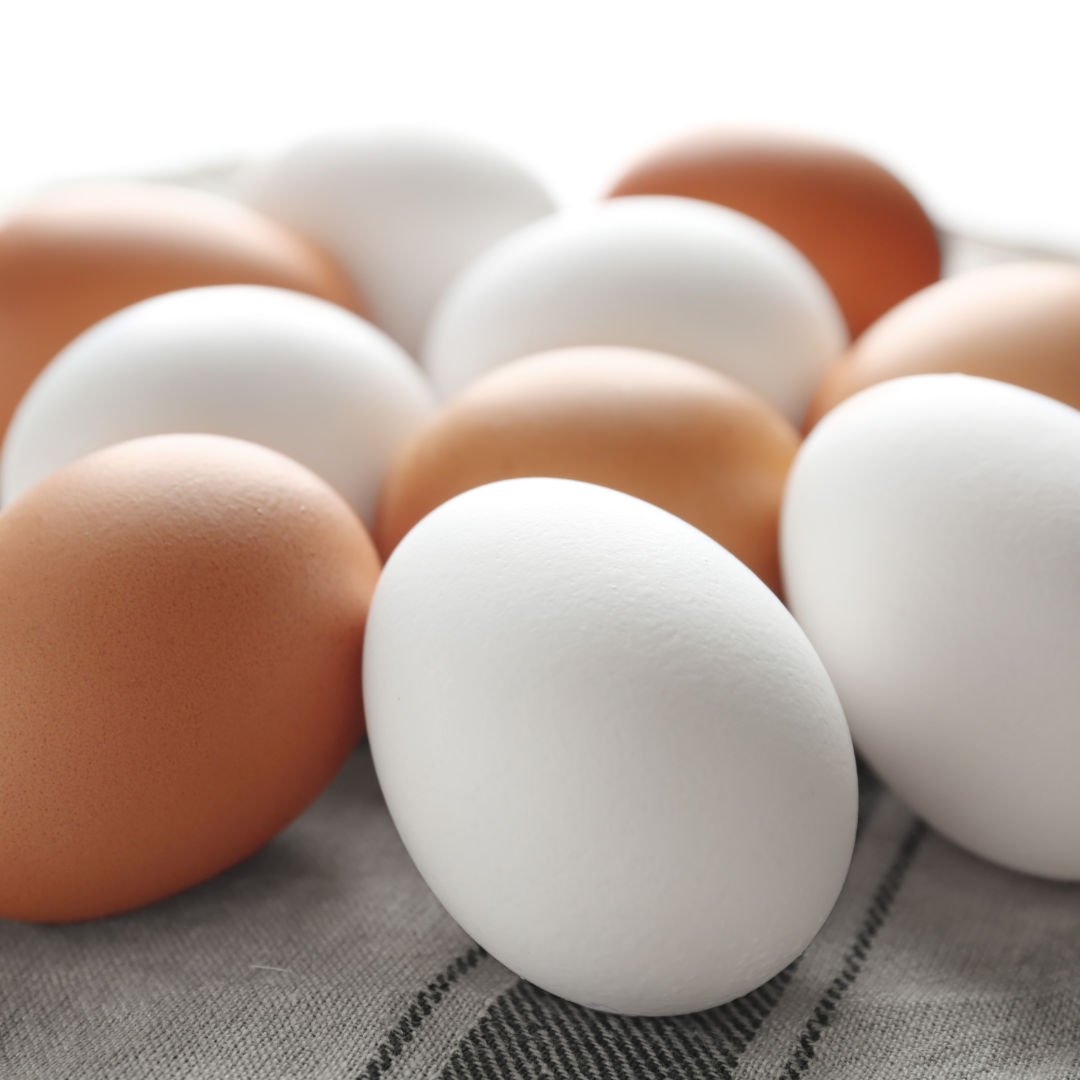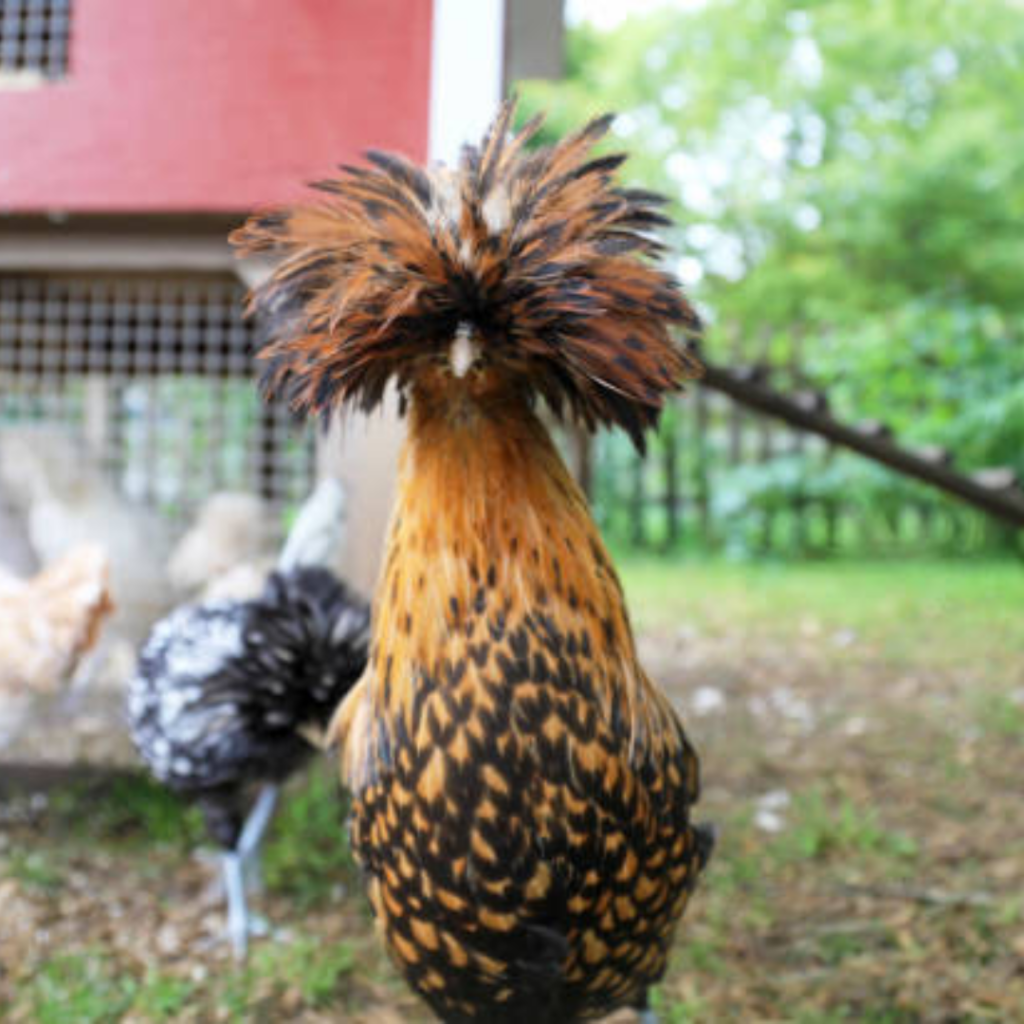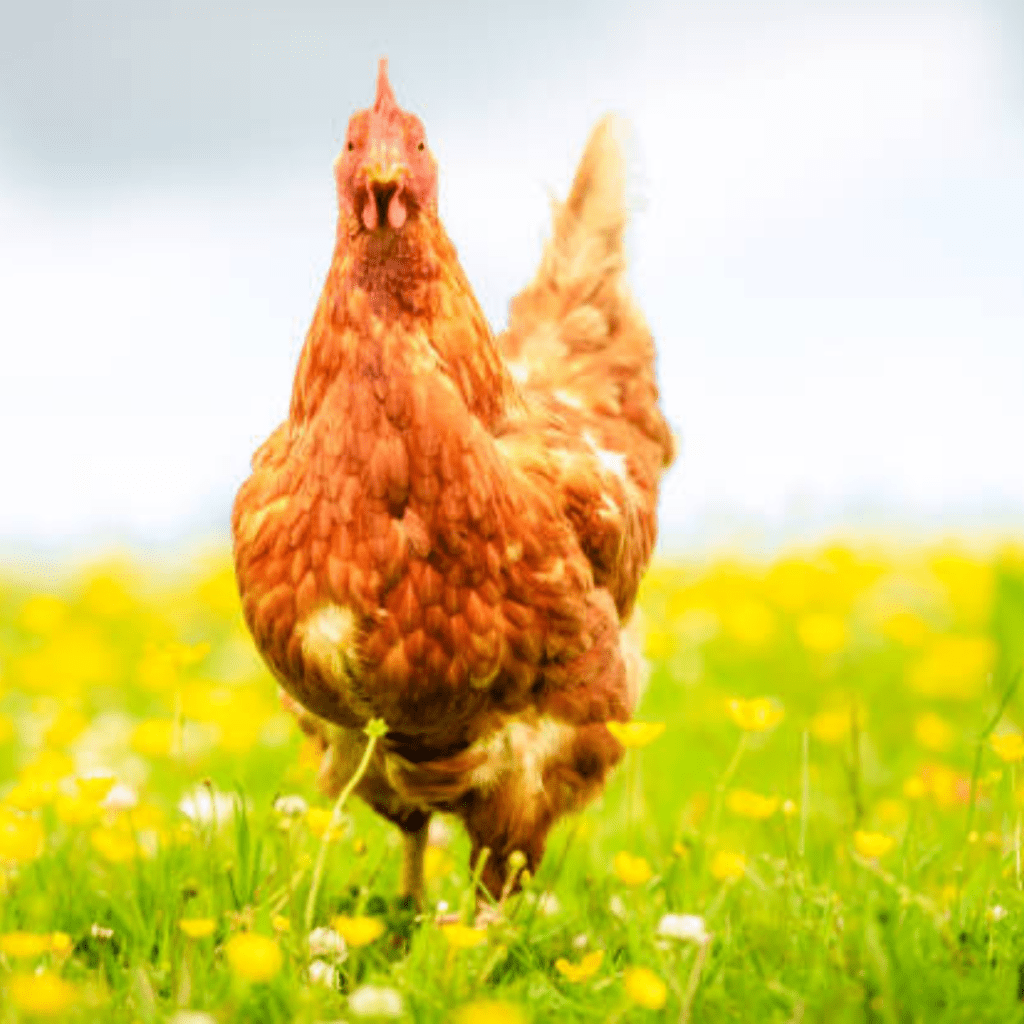Ever wondered if brown eggs are healthier than white ones? Throughout my life, including childhood, I’ve cracked open a lot of eggs—and a lot of myths, too. In this post, we’ll break down the truth behind white chicken eggs vs brown, covering nutrition, shell strength, flavor, and cost. Whether you’re choosing store-bought eggs or raising your own flock, this guide will help you make the best decision for your off-grid, self-sufficient lifestyle.
Let’s face it—egg cartons don’t come with a truth label. Grocery store shelves are full of marketing buzzwords that make brown eggs seem more “natural” or “farm fresh,” while white eggs are often brushed off as factory farm staples. But as someone who’s gathered eggs barefoot from free-ranging hens since childhood, I can tell you the color of the shell doesn’t tell the whole story. If you’ve ever stood in the chicken feed aisle or stared at your mixed flock wondering which bird is laying what, you’re not alone. Let’s dig into the facts, lay out the differences, and help you decide what’s truly best for your homestead and your breakfast plate.
This is a pinnable post. Tap or hover over any image in this post to pin to your Pinterest Boards.

White Chicken Eggs vs Brown: Is There Really a Difference?
The Science Behind Egg Color
Pigmentation and Genetics
The color of a chicken egg all comes down to genetics—specifically, the breed of the hen. Every egg starts out white inside the hen, but some breeds deposit pigments as the egg travels down the oviduct. Brown eggs get their color from a pigment called protoporphyrin, which is applied to the outside of the shell during the final stages of egg formation.
Blue eggs, meanwhile, come from a pigment called oocyanin, which actually colors the shell inside and out. No matter the color, though, it’s just a shell—what’s inside remains the same in terms of quality and taste. So while the shell color might vary from snow-white to deep chocolate brown or even olive green, the egg’s nutritional value is largely unchanged. It’s all in the hen’s DNA.
Which Breeds Lay Which Eggs
When you’re raising your own flock, egg color becomes a fun and fascinating part of chicken keeping. Different breeds lay different colored eggs, and some are more consistent and productive than others. For example, White Leghorns are famous for their bright white eggs and high output—perfect if you want lots of eggs with minimal feed. On the other hand, Rhode Island Reds, Barred Rocks, and Australorps lay beautiful brown eggs and tend to be hardy and gentle birds, ideal for a backyard or off-grid flock.
If you’re after a colorful egg basket, breeds like Easter Eggers, Ameraucanas, and Olive Eggers offer shades of blue and green—something I love seeing in my daily egg haul. Choosing breeds that match your climate and goals is key, and if you’re just getting started, I highly recommend checking out a good chicken breed guide or a trusted hatchery starter bundle. It makes all the difference in setting yourself up for success, especially if you’re hoping for a variety of egg colors and steady production throughout the year.
Nutritional Value Compared
Side-by-Side Comparison
When comparing white and brown eggs, the most important thing to know is that their nutritional content is remarkably similar. Both provide high-quality protein, healthy fats, vitamins, and minerals essential for a balanced diet. The color of the shell doesn’t impact calories, cholesterol, or nutrient levels. What really matters is how the hens are raised and what they eat.
Study-Backed Facts
Scientific research confirms that there is no significant nutritional difference between brown and white eggs. Factors such as hen breed and diet play a much larger role in egg quality. Studies show that any perceived advantages in brown eggs come from the feed, not the shell color itself. This busts the myth that brown eggs are automatically healthier or more natural.
Omega-3 Enriched Feed or Supplements
If you want to genuinely boost the nutritional value of your eggs, focus on your hens’ diet. Omega-3-enriched feed or natural supplements like flaxseed can increase the omega-3 fatty acids in the eggs, benefiting your health. For those raising chickens, adding these supplements is a smart investment.
Taste and Texture: Can You Tell the Difference?
Personal Taste Test Results from My Own Chickens
Over the years, my parents have raised hens that lay both white and brown eggs, and they’ve cooked hundreds of them right on their off-grid homestead. From my own experience, I haven’t noticed a consistent taste difference between the two. What I have noticed is that eggs from well-fed, free-ranging chickens—regardless of shell color—have richer yolks and better texture than anything from the store. Freshness, the hen’s diet, and how the eggs are cooked play a far bigger role in flavor than the color of the shell ever will.
Try Your Own Egg Test!
If you’re raising your own flock or buying from a local farm, I encourage you to do your own blind taste test. Scramble one white egg and one brown egg side by side and see if you can tell the difference. Better yet, get the whole family involved and compare notes. I’d love to hear your results, so drop a comment below or send me a message with what you discover. Let’s settle this debate together, homestead-style!
Recommended Cast Iron Pans or Kitchen Tools
When it comes to cooking farm-fresh eggs, nothing beats a good cast iron skillet. It gives a perfect sear, holds heat beautifully, and lasts for generations. I use mine daily on both my indoor stove and outdoor fire pit. If you’re new to cast iron or looking to upgrade your kitchen gear, I’ve linked a few of my tried-and-true favorites and how to care for them below in a separate post—perfect for scrambling, frying, or baking up those delicious eggs from your flock.
My Cast Iron Pans
Shell Strength and Egg Freshness
Backyard Eggs vs Store-Bought
The difference between backyard eggs and store-bought eggs is more than just freshness—it’s control and transparency. On your homestead, you know what your hens eat, how they live, and how soon after laying the eggs are collected. That means richer yolks, firmer whites, and a flavor that beats supermarket eggs every time!
Store-bought eggs often sit in cold storage for days or weeks, and their quality can degrade in subtle ways you won’t notice until you compare. Gathering eggs barefoot in the morning and cracking one open still warm from a happy hen is a reminder that real food starts with care, not packaging.
Shell Color Perception vs Strength
When you pick up a brown egg and feel like it’s thicker or sturdier, that perception is understandable, but the shell color itself isn’t what determines strength. Shell strength comes from the hen’s diet, calcium availability, and overall health—not the pigment.
Some brown eggs might feel heavier or a little rougher simply because of breed differences or natural variation, but a white egg from a well-nourished hen can be just as robust. The key is consistent feed, clean nesting, and healthy birds; the shell color is just the wrapping.
Egg Storage Containers or Egg Testers
Once you’ve got a steady supply of fresh eggs, keeping them safe and tracking their quality becomes a daily habit. A good egg storage container protects shells during transport and stacking, and clear labeling helps you rotate based on date collected. Egg testers or candlers are another tool I recommend for homesteaders who want to check freshness or spot early cracks without breaking the egg.
I’ve linked a few of my favorite durable storage solutions and handheld testers—these small investments save eggs from waste and help you get the most out of your flock.
Why Are Brown Eggs Usually More Expensive?
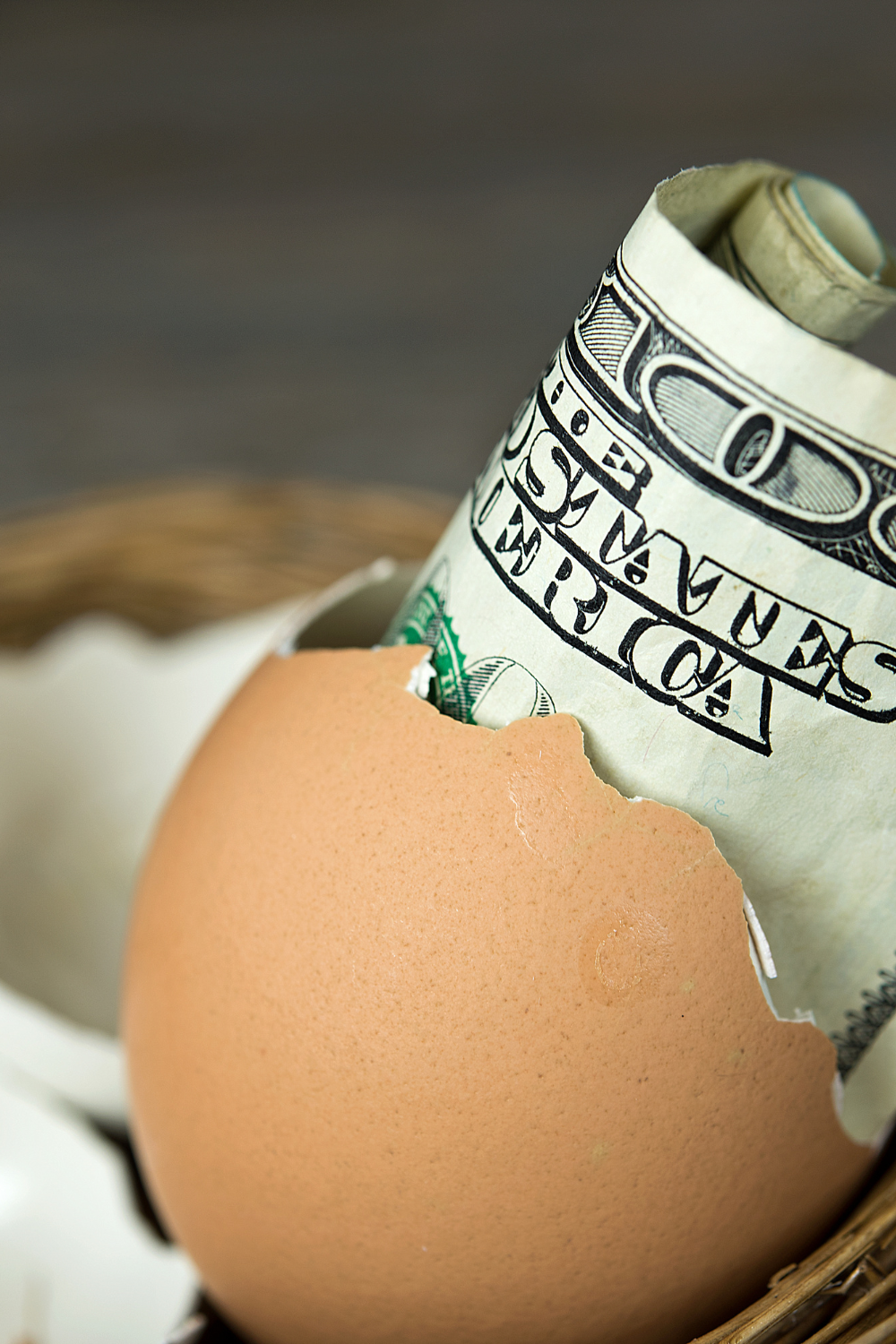
Hen Size, Feed Cost, and Market Perception
Brown Egg Layers Are Often Bigger and Eat More
One reason brown eggs tend to cost more at the store—and sometimes on your own homestead—is that the hens that lay them are usually larger breeds. Birds like Rhode Island Reds, Australorps, and Buff Orpingtons are heavier and require more feed to maintain healthy production levels.
These birds are hardy and productive, but their size means they’ll eat noticeably more than smaller white egg layers like Leghorns. Over time, that extra feed adds up, especially if you’re free-feeding or have limited pasture space to offset costs.
Breakdown of Feed Cost
On average, a standard brown egg-laying hen can eat around 1/4 to 1/3 pound of feed per day, depending on her size and activity level. If you’re buying quality layer feed at $20 to $30 per 40-50 lb bag, that works out to roughly 15–25 cents per bird per day. Add in occasional treats, supplements, or scratch grains, and you can expect a little more in total costs. While these numbers may not seem huge, they add up quickly when feeding a full flock!
Choosing efficient feed, supplementing with kitchen scraps or pasture, and buying in bulk are great ways to save. I’ve linked to some of my go-to feed sources and high-nutrient blends below that balance quality with cost—perfect for off-grid flocks that need dependable egg production.
Chicken Feed
Marketing, Myths, and Consumer Beliefs
Why People Think Brown = Better
The belief that brown eggs are healthier, fresher, or more “natural” than white eggs is a common one—and it’s mostly driven by marketing. Brown eggs are often sold in rustic-looking cartons, labeled with phrases like “farm fresh” or “organic,” while white eggs are typically packaged more plainly.
This visual difference gives the impression that brown eggs come from backyard farms and white eggs come from industrial production. In reality, either color can come from either setting. The myth is so persistent that many people assume brown eggs must be better simply because they look the part.
Debunking with Facts and Personal Experience
After years of raising both white and brown egg layers on my childhood and adult off-grid homesteads, I can tell you firsthand that the color of the shell doesn’t determine quality. I’ve had white eggs laid by healthy, free-ranging hens that were richer and fresher than any overpriced brown egg from the store.
I’ve also had brown eggs from birds in a slump that were thin-shelled and watery. It all comes down to how the hen is raised, what she eats, and how quickly the eggs are collected and stored. Nutrition, taste, and freshness come from real care—not shell color. So don’t be fooled by marketing. Know your source, or better yet, become your own source!
Which Eggs Should You Choose for Your Homestead?
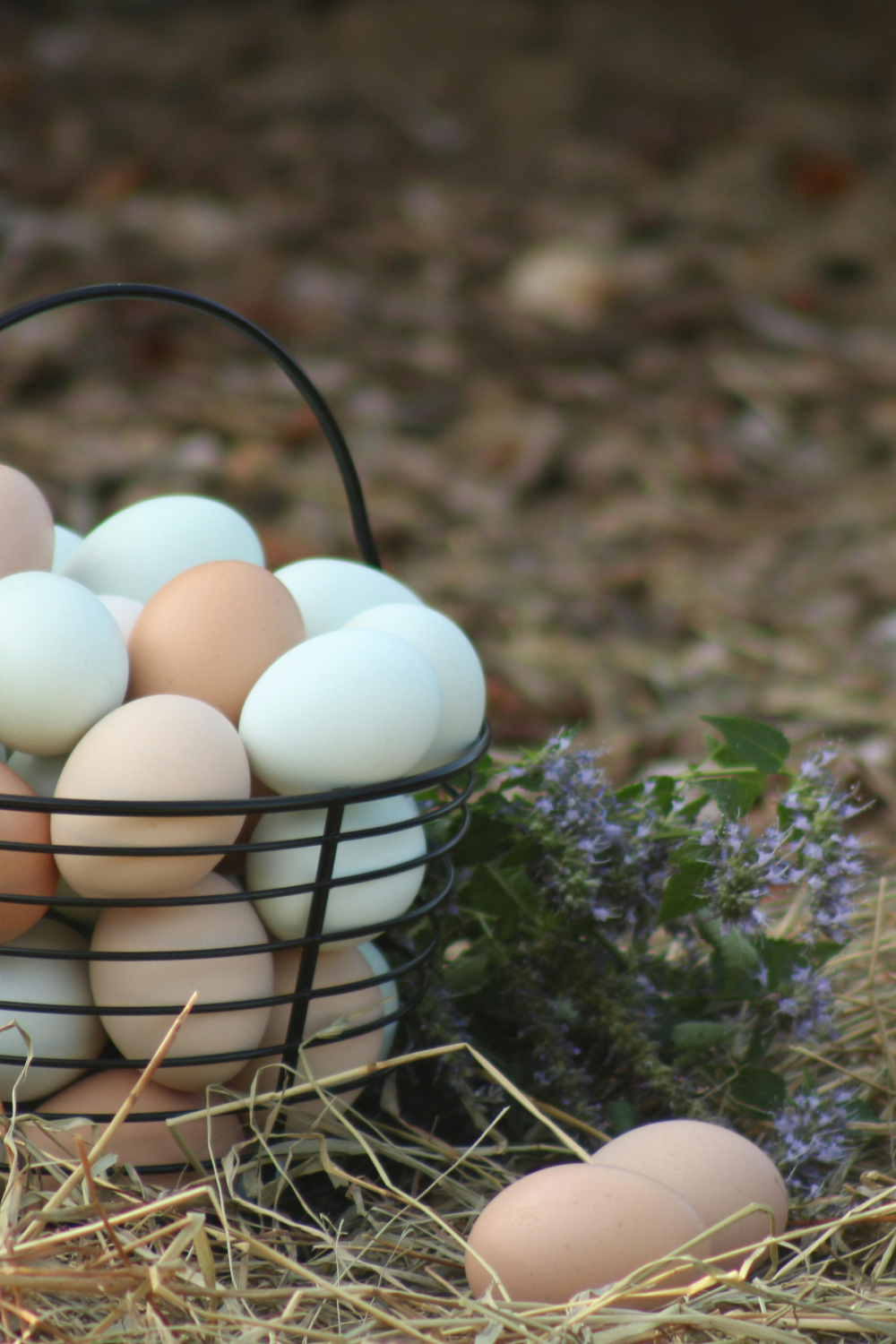
Factors to Consider When Raising Your Own Chickens
Climate, Temperament, and Egg-Laying Reliability
When choosing the right chickens for your homestead, especially if you’re just starting out, it’s important to think beyond egg color and look at how each breed fits your environment and lifestyle. Some hens handle cold, snowy winters better than others, while certain breeds struggle in extreme heat.
Temperament matters, too—docile, friendly birds like Buff Orpingtons or Australorps are easier to manage, especially if you have kids helping with chores. Then there’s reliability. Some breeds are known for laying like clockwork, while others are seasonal or unpredictable. Matching your climate and daily rhythm with the right breed will save you frustration, feed costs, and downtime in egg production.
Books, Breed Charts, and Incubators
If you’re still deciding which chickens to raise, I highly recommend investing in a good breed reference book or printable breed chart to compare traits like egg color, productivity, and climate tolerance side-by-side. It’s the kind of resource I wish I had when I first started. And if you’re thinking about hatching your own chicks, a quality incubator is a game-changer—especially when you’re off-grid and need something reliable and energy-efficient. I remember watching baby chicks hatch on frosty mornings in their little handmade incubator that my dad had rigged from various supplies.
I’ve linked below to some of my favorite breed guides, chick-raising books, and beginner-friendly incubators that are all worth every penny!
- Raising Chickens for Beginners: The Complete Guide to Breeds, Housing, Facilities, Feeding, Health Care, Breeding, Eggs, and Meat
- 2025 Upgrade 18 Egg Incubator with Automatic Egg Turning and Humidity Control, Egg Incubators for Hatching Eggs Chicken Ducks Goose Quail Pigeon Turkey, Automatic Incubator for Home Classroom Lab Farm
My Personal Favorite Breeds and Why
Over the years on my off-grid homestead, I’ve raised a wide variety of chickens, and a few breeds have truly earned their place in my flock.
- For consistent brown eggs and a calm, friendly nature, I love Rhode Island Reds. They’re hardy, productive, and handle both heat and cold without fuss.
- Australorps are another favorite—gentle giants with shiny black feathers who lay reliably and don’t cause trouble in the coop.
- When it comes to white eggs, White Leghorns have surprised me the most. They might be flighty, but they lay nearly every day and are incredibly efficient eaters, which helps keep feed costs down.
- And if you’re looking to add a little color to your egg basket, Easter Eggers are a must-have. Their eggs range from blue to green to pinkish-tan, and their quirky personalities bring life to any backyard.
Every homestead is different, but these breeds have proven themselves here, day in and day out. Whether you’re after production, personality, or just a rainbow in your egg carton, there’s a breed out there that’ll feel right at home on your land!
Conclusion: Crack the Truth, Not Just the Eggshells!
At the end of the day, whether you prefer white chicken eggs or brown, the real question is what fits your homestead lifestyle. They’re nearly the same in nutrition, and taste differences are more about diet than color. I’ve raised both types on our off-grid homestead, and I can tell you—it’s not about the shell color. It’s about the health of the hen and how she’s raised. Choose breeds that fit your environment and goals, and you’ll have delicious eggs either way. And if you’re just starting out, check out my favorite starter chicken kit and coop gear in my other post!
My Ultimate Backyard Chicken Coop Plans for Happy Hens!
Want More Chicken Wisdom? Here’s Where to Find It!
If you’re as chicken-obsessed as I am and want to dive deeper into choosing the perfect flock, don’t miss my post The Best Egg-Laying Chicken Breeds for Your Backyard Flock! It’s packed with practical advice, breed comparisons, and personal tips to help you build a productive, happy flock that fits your lifestyle. Whether you’re just getting started or thinking of adding a few new feathered friends, it’s a fun and informative read you won’t want to skip.
Resources: Here are some helpful resources for further information.
- Brown vs. White Eggs: Here Are the Differences – By Taste of Home
- Are White and Brown Eggs Different? – By Eggs.ca
- White Eggs vs. Brown Eggs: Farmers Explain the Difference
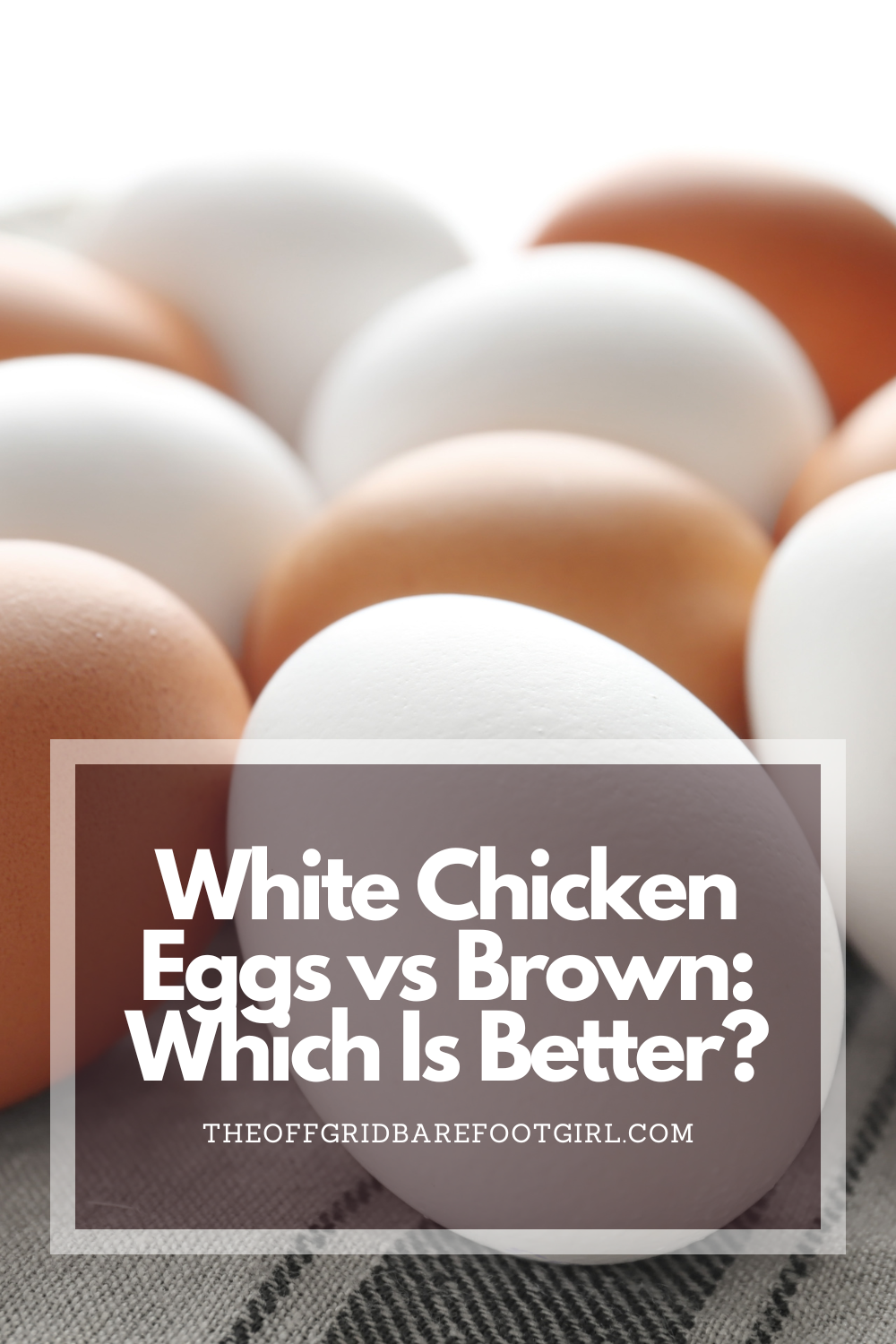
Frequently Asked Questions
1. Are brown eggs healthier than white eggs?
No—nutritionally, brown and white eggs are nearly identical. Any differences come from the hen’s diet, not the shell color.
2. Why do brown eggs cost more?
Brown egg layers are usually larger birds that eat more feed, increasing production costs, which gets passed on to consumers.
3. Do brown eggs taste better than white eggs?
Taste is subjective and based more on the hen’s diet and how fresh the egg is. Most people can’t tell the difference in a blind test.
4. Which chickens lay the most eggs?
White Leghorns (white eggs) and ISA Browns (brown eggs) are two of the most prolific layers. I’ve had great success with both on my homestead!
Summary
I hope I have inspired you to enjoy a backyard chicken coop with these tips and products.
If you were encouraged by this post, I invite you to check out my FREE Printables Page for fun free printables, planners, and charts.
ENTER MY FREE Printables Page HERE
Here are some more of my backyard chicken coop inspiration posts to check out!
The Best Egg-Laying Chicken Breeds for Your Backyard Flock!
My Ultimate Backyard Chicken Coop Plans for Happy Hens!
How to Build a Backyard Homestead
Blessings,
The Off Grid Barefoot Girl

